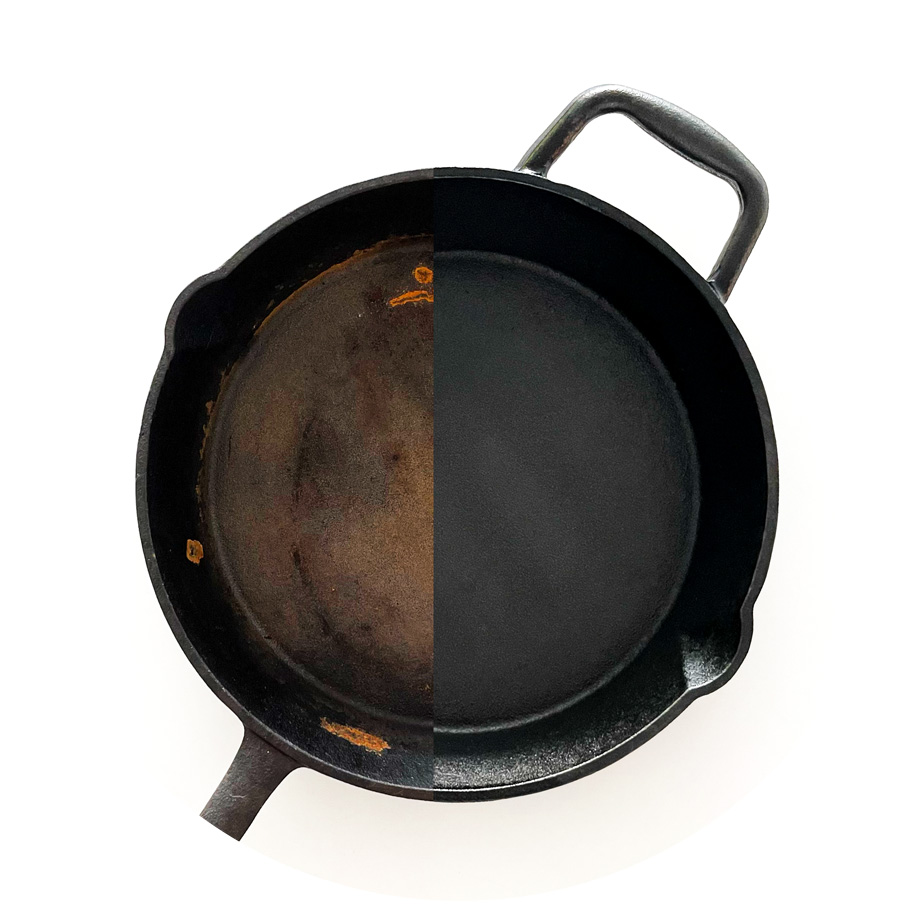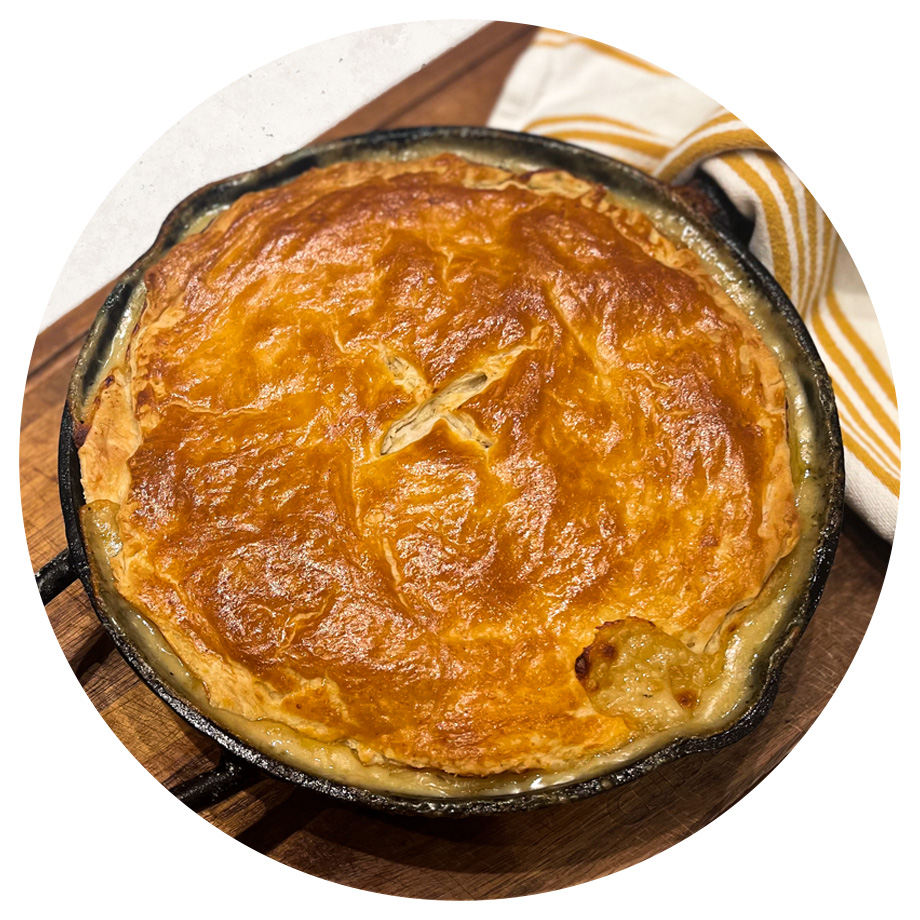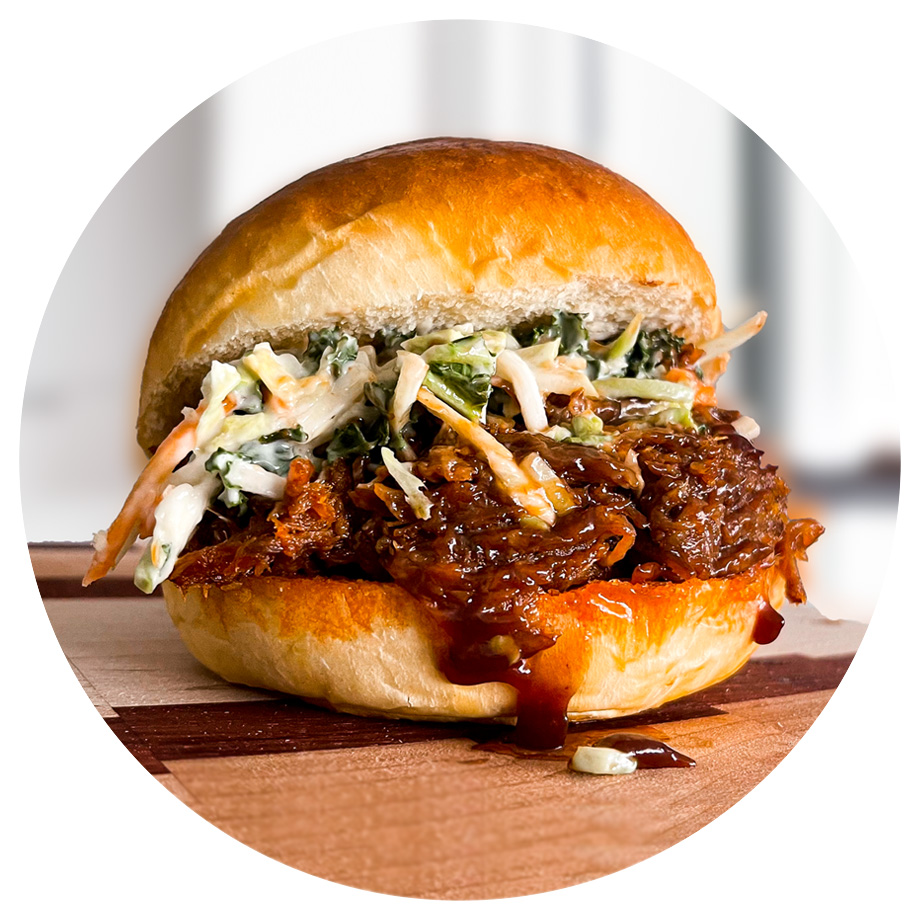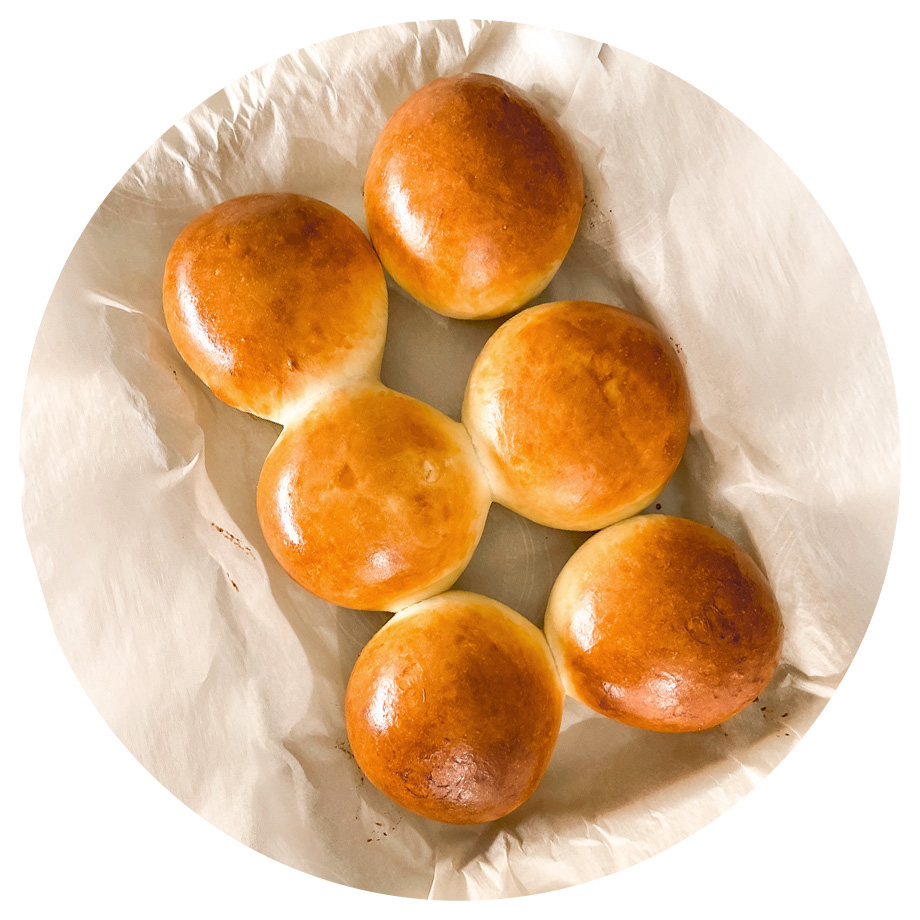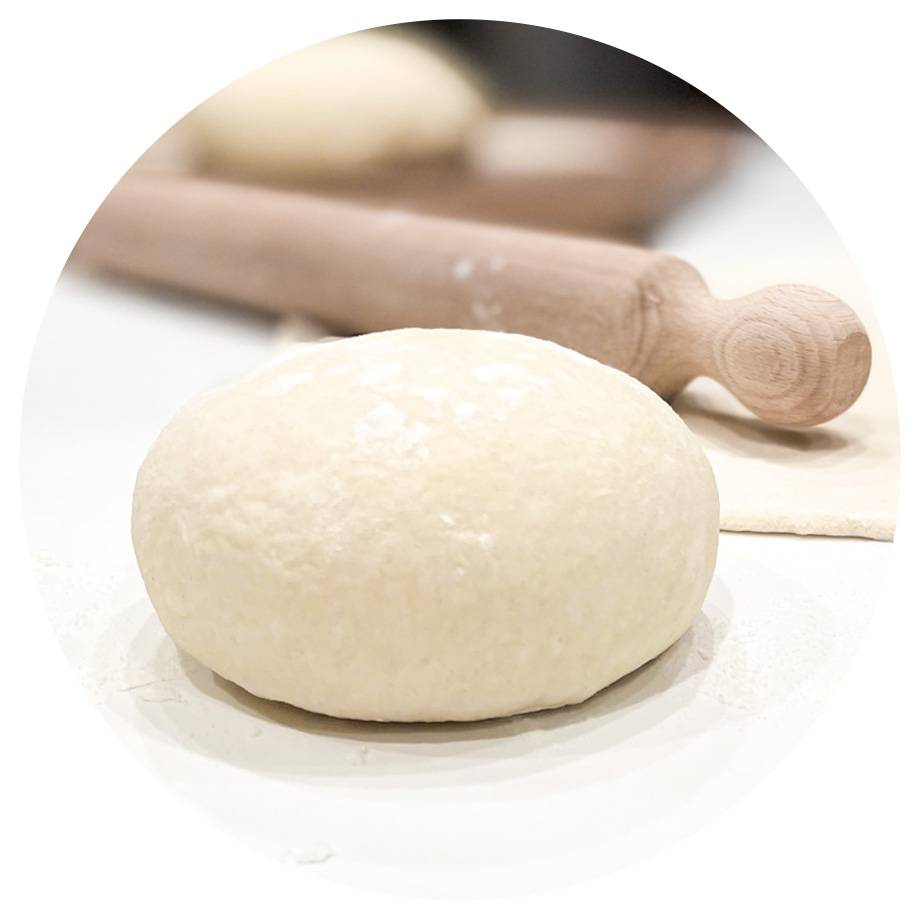Cast iron skillets are a staple in many kitchens, known for their durability, versatility, and ability to retain heat. These heavy-duty pans are perfect for searing, frying, baking, and more, and they can be used on the stovetop, in the oven, or even over a campfire.
BEFORE

AFTER
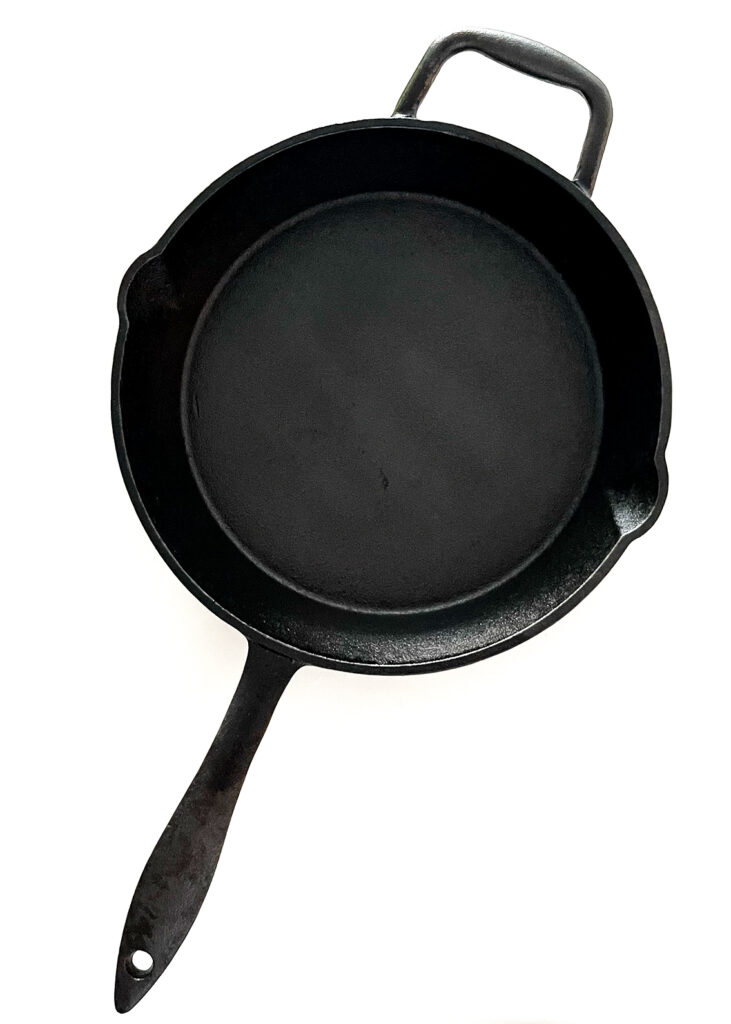
Step1:
Begin by scrubbing any loose rust with a steel wool pad or a scrub brush.
Step 2:
Next, mix equal water and vinegar together and use this solution to scrub the pan. The acid in the vinegar will help to dissolve the rust.
Step 3:
If the rust is particularly stubborn, you may need to let the vinegar solution sit on the pan for a few hours to allow it to penetrate the rust.
Step 4:
After the rust has been removed, rinse the pan with hot water and dry it thoroughly with a towel.
Step 5:
To re-season, the pan, heat it over medium heat on the stove for a few minutes. Then, coat the pan with a thin layer of oil (such as vegetable oil or grapeseed oil) using a paper towel or cloth.
Step 6:
Place the pan in the oven and bake at 350°F for 1 hour. After an hour, turn off the oven and allow the pan to cool inside the oven.
Step 7:
Once the pan has cooled, it is ready to use, your cast iron pan should be good as new!
Cooking with cast iron pans can be a great way to increase iron intake, especially for vegetarians and vegans who may not consume enough iron through their diet. However, it is important to note that the amount of iron that is transferred from the pan to the food can vary depending on factors such as the acidity of the food and the length of cooking time


